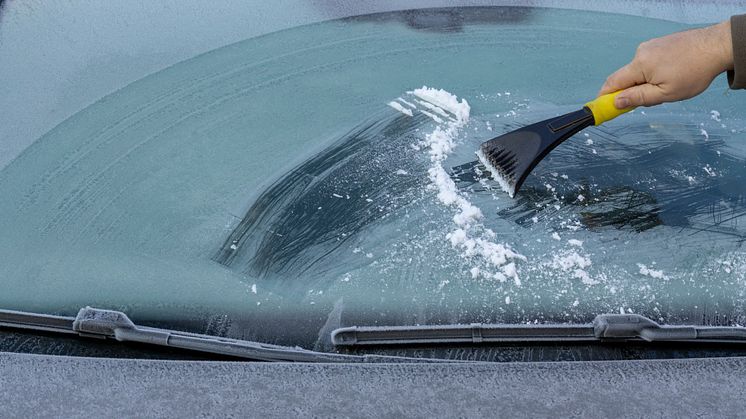
Blog post -
Winter is coming, are you ready?
After a mild December, it looks like the mercury is about to plummet. The Met Office says colder temperatures are on the way for the UK, so road safety charity, IAM RoadSmart, has some tips for driving on road surfaces that are covered in frost, ice, or snow.
* If the weather conditions are severe in your area, you should take notice of police advice and simply not travel. However, in exceptional circumstances, if you must go out, then make sure you drive safely with extra caution on icy roads.
* At least triple your stopping distance and approach every junction expecting to stop well before the stop or give way line; it can take up to ten times as long to stop, according to Highway Code advice. Every steering, acceleration, or braking input should be as smooth and gentle as possible, and you should select second gear when you pull away in icy conditions.
* Salt will often make the windscreen, headlights, number plate, and rear parts of your car very dirty. Cars without headlamp washers, for example, will lose an estimated 40% of luminosity and possibly all their focus in about 20 miles on a damp, gritted motorway.
* When travelling long distances, it is advised that you stop regularly at service stations to clean your windscreen and headlights with a clean cloth. Or keep a filled bottle of water in the car boot to give your lights, windows, and mirrors a quick wash over. A handy investment is to top up your windscreen washer reservoir when needed too.
* Never ignore any warning lights. If one appears, get it checked out sooner rather than later. Being stuck on the side of the road is never good, but breaking down in freezing conditions is a high-risk situation. If you are unsure what the lights mean, consult your vehicle handbook. Check here.
* Always carry a winter driving kit, including an ice scraper, de-icer, blanket, torch, shovel, something to eat, and a fully charged mobile phone.
* When driving on a busy road, avoid overtaking a gritting truck, as the road ahead may not be treated yet. If you have any doubt, don’t risk it. And make sure to never overtake a snowplough in heavy snow conditions.
* While roads may be gritted to give you better traction, some areas may not be completely treated, which can leave ice patches exposed. You should therefore drive at a steady pace, ensuring the safety of you and your passengers. On the roads you use regularly, watch out for water running across the carriageway, as this can wash away salt.
* It’s important that you keep your car clean throughout the winter, as the salt in the grit can cause corrosion to any exposed parts. Ensure that you thoroughly wash the underneath of your car when you can to stop salt from settling.
* Don’t forget to wash or rinse alloy wheels too; the smallest scratch can quickly become a large, corroded area.
* Just because the winter sun is out does not mean the roads might not be icy. Microclimates of icy patches will linger in areas such as bridges and exposed sections where the sun has not yet reached
* Keep the tread on your tyres above 2mm; 3mm is ideal. The more tread you have, the more water they can cope with. Letting your tyres get down to the legal limit of 1.6mm is not recommended, and don’t forget, you can always consider winter tyres.
IAM RoadSmart Chief Examiner Richard Gladman says, “Preparation is the key to avoiding a dangerous situation while driving in snowy or icy conditions. Don’t rely on the performance of your car systems to get you out of trouble; allow time, make sure you have good visibility all around, and carry the right equipment. If conditions are extreme, remember, the best advice is not to travel."



